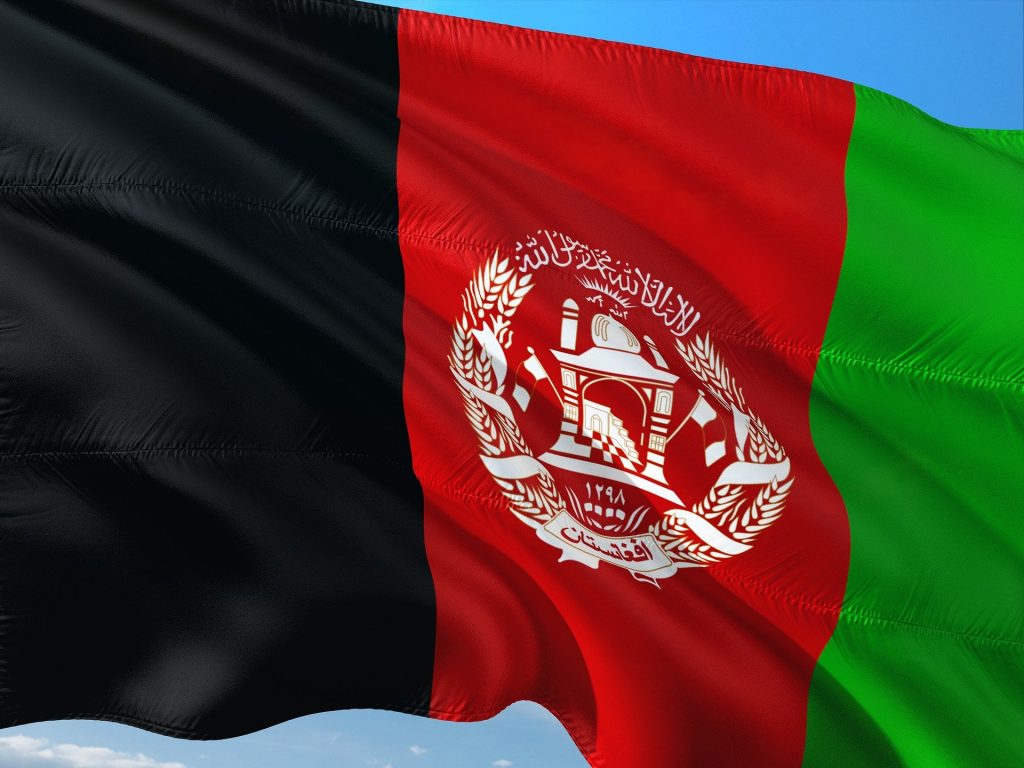US Must Help Afghan Refugees
We have a great debt to repay going back decades.
“The stranger who resides with you shall be to you as one of your citizens; you shall love them as yourself, for you were strangers in the land of Egypt” (Leviticus 19:34)
August’s stunning ten-day Taliban offensive, culminating in the fall of Kabul, has left observers in the United States and abroad shocked, confused, and angered. But there is one thing about which there should be no questions: there are a lot of Afghans who fear for their safety under newly-consolidated Taliban rule, many of whom risked their lives to save others, and they deserve our help.
In 1979, facing concerns over Soviet expansionism in Central Asia as well as a weakened relationship with Pakistan, President Jimmy Carter agreed to provide just over $500k in non-lethal aid to the mujahideen, an umbrella term for the factions of Afghan rebels who were fighting against the USSR-backed Afghan government at the time, routed through Pakistan. Thus would begin “Operation Cyclone,” the decade-plus long CIA operation dedicated to funding the mujahideen and countering the Soviet Union and its Afghan allies. And while the Carter Administration had first solidified contacts and initial funding for the Afghan mujahideen, it was under the Reagan Administration that the operation kicked into overdrive, and the floodgates opened. From 1981 through 1993, Operation Cyclone provided billions of dollars to the mujahideen not just in funding but in US military equipment as well – some of the most iconic photos from Afghanistan at the time are of mujahideen fighters using US-made Stinger portable missile launchers.
To offer a little context, these weren’t loyal soldiers fighting on behalf of America or democracy, despite the flowery rhetoric the Reagan Administration often used in the media. The mujahideen were a loosely-organized network of militias, from a number of tribal and ethnic backgrounds, united only in their desire to oust both the USSR and the Afghan government from their country; in fact, some observers have gone so far as to claim that the mujahideen were fighting two civil wars simultaneously – one against the Soviets and Afghan government, and one amongst themselves. Within this loose network, the ideologies of the individual mujahideen groups differed greatly, ranging from Afghan nationalist militias, to monarchist groups who wanted to restore the ousted former King of Afghanistan, to moderate Islamists, to deeply fundamentalist, radical Islamist figures from both within Afghanistan itself and abroad. In fact, one of the mujahideen fighters who came to Afghanistan from abroad to support the most radical groups was a young, wealthy Saudi national named Osama Bin Laden.
What came next is all too well known: Osama bin Laden and al-Qaeda perpetrated the September 11, 2001 attacks in New York and Washington, DC, and the US quickly invaded Afghanistan (without an exit plan) to depose the Taliban and root out al-Qaeda, bin Laden, and other terrorist cells within the country. What followed was a geopolitical and military quagmire: the United States spent over $2 trillion, thousands of American and over one hundred thousand Afghan military and civilian lives, and twenty years in Afghanistan only to watch any gains or successes over the course of the war evaporate in weeks.
And that brings us to today. Once again, the Taliban is in control of Afghanistan. Thousands of Afghans and their families who directly assisted the US military or other US interests against the Taliban over the past few decades fear reprisals. Thousands more Afghans, especially women and educated Afghans, fear the return of the Taliban’s harsh and repressive rule and the loss of their freedoms.
Since the beginning of the Taliban offensive and especially since the fall of Kabul, the United States and allies have worked to process and evacuate tens of thousands of Afghan refugees, undertaking one of the largest humanitarian airlifts in human history as they seek to repatriate tens of thousands of Afghans.
As these refugees arrive to the US, including to Wisconsin’s very own Fort McCoy, we should open our arms wide to welcome these men, women, and children into our country, our state, and our neighborhoods. Many of them were forced to flee with nothing but the clothes on their backs. These people need and deserve our help, in any way we can manage. If you are in a position to donate, Wisconsin is home to multiple refugee resettlement programs and affiliated organizations, including the International Institute of Wisconsin, Lutheran Social Services, Jewish Social services in Madison, World Relief Fox Valley, Catholic Charities in La Crosse, or any number of other refugee programs compiled here by the Wisconsin Department of Children and Families. If you are unable to donate at this time, please share information with your networks and help us welcome these new immigrants to our communities.
Now, critically, is the time for us to love these amazing, dedicated, resilient strangers as we love ourselves.
Rep. Jonathan Brostoff represents the 19th State Assembly District in the city of Milwaukee
Op-Ed
-
Unlocking Milwaukee’s Potential Through Smart Zoning Reform
 Jul 5th, 2024 by Ariam Kesete
Jul 5th, 2024 by Ariam Kesete
-
We Energies’ Natural Gas Plans Are A Mistake
 Jun 28th, 2024 by John Imes
Jun 28th, 2024 by John Imes
-
Milwaukee Needs New Kind of School Board
 Jun 26th, 2024 by Jordan Morales
Jun 26th, 2024 by Jordan Morales






















